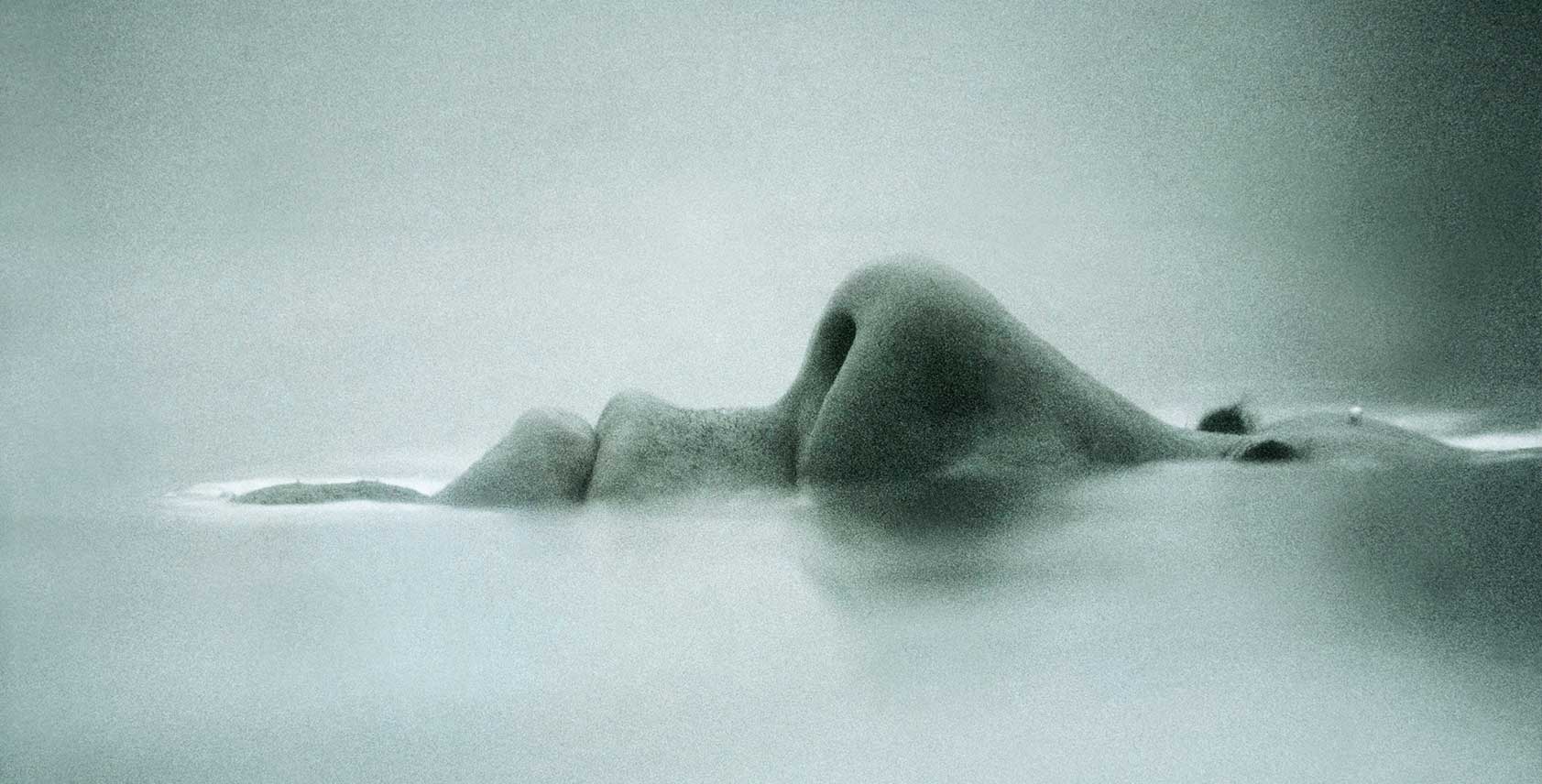Think Tank: How Flotation Therapy Completely Recharged My Brain
On first inspection, Toronto’s H2O Float Spa doesn’t seem all that different from any other spa: pleasantly perfumed, softly lit, walls all painted that shade of taupe someone once decided was calming. Upon my arrival, a cordial receptionist named Josh shows me to the locker room, where I undress, shower, and put on a robe. Then, Josh leads me to my treatment room — and that’s where things get different.
Dominating the space is an isolation tank. It’s the size of a Chevy and vaguely resembles Eve, the trigger-happy female robot from Wall-E, all sleek and Apple-store white with a neon glow emanating from the bulbous hatch door at its rear. The tank is filled with about a foot of water, which has been loaded with 1,000 pounds of Epsom salt to increase your buoyancy. I’m about to get naked, climb inside, and float in pitch darkness for an hour. It has the potential to be among either the most bizarre or most boring experiences of my life — or, quite possibly, both.
Floatation therapy, as this practice is known, has been around since the ’50s. The supposed physical benefits include softer, more elastic skin, natural wrinkle reversal, and accelerated muscle tissue healing. That’s all fine, if a bit specious. It’s the mental benefits that have made the treatment so popular recently — H2O is just the newest of six float spas in the Toronto area alone — as the sensory deprivation provides an opportunity for endorphin-releasing meditation that can combat the effects of chronic fatigue, stress, depression, anxiety, and migraines.
It has the potential to be among either the most bizarre or most boring experiences of my life — or, quite possibly, both.
That’s the main appeal for me: a chance to give my brain a break from the constant bombardment of flashing screens and internet-induced trauma. I’m the kind of guy who sometimes wakes up in the middle of the night with my laptop on my chest and my phone in hand. I believe that’s also called a millennial. Shutting myself in a windowless chamber for an extended period might be the only way to break my connectivity habit. And unlike actual meditation, which, I imagine, involves a patchouli-wearing yogi dictating exactly how you breathe and think, the only pointer Josh really gives me is to “close my eyes and relax.”
At first, I can’t shake the lingering concerns of the day. Looming deadlines; emails I haven’t replied to; how many Instagram likes that sunrise photo I just posted is getting — they all clank through my brain like a set of keys in a dryer full of other sets of keys. But then, slowly, I find myself letting go. Completely. My shoulders slack, the tension and weight and anxiety all evaporate and, at long last, I float. I’m nowhere and everywhere all at once. A tingling sensation spreads from the top of my head, through my body and out the tips of my fingers and toes.
My mind, too, begins to unclutter itself and drift off. At first, my thoughts all seem totally incoherent, careening from al dente ramen noodles to Fleetwood Mac to bull terrier puppies with the lurching pace of that Scrambler ride at the carnival. But then it dawns on me: this is my brain at its most cogent. These aren’t just haphazard musings; I’m free-forming here, making connections across the far-off reaches of my oft-frazzled noggin. This, I realize, is what creativity looks like when you have the time and space to really let yourself think. Studies have shown that while in a resting state — say, during sleep or meditation or a nude saltwater float — the brain is given a chance to solidify new memories, revisit new skills, and replenish its attentiveness. It’s a Rocky training montage for your mind.
My mind and body and spirit all feel as harmonious as a Boyz II Men single.
At a certain point, I reach a true moment of clarity — of zen, if you must — my mind and body and spirit all feeling as harmonious as a Boyz II Men single. It’s the highest of natural highs. And that, of course, is when I hear Josh’s tinny intercom voice telling me it’s time to get out. That was an hour? It felt like 15 minutes, tops.
I open up the hatch and climb out into the dim light. My head is buzzing, in a good way — it’s an I-just-kissed-the-girl-of-my-dreams buzz, not a three-shots-of-Sauza one. That buzz follows me from my exit shower — which, I must add, feels way more satisfying than its precursor, my joints infinitely looser and my skin noticeably softer — into the locker room, where I sip a hot cup of ginger tea as I get dressed, and then out into the crisp night.
For the first hour after I leave, I don’t even think to check my phone.










